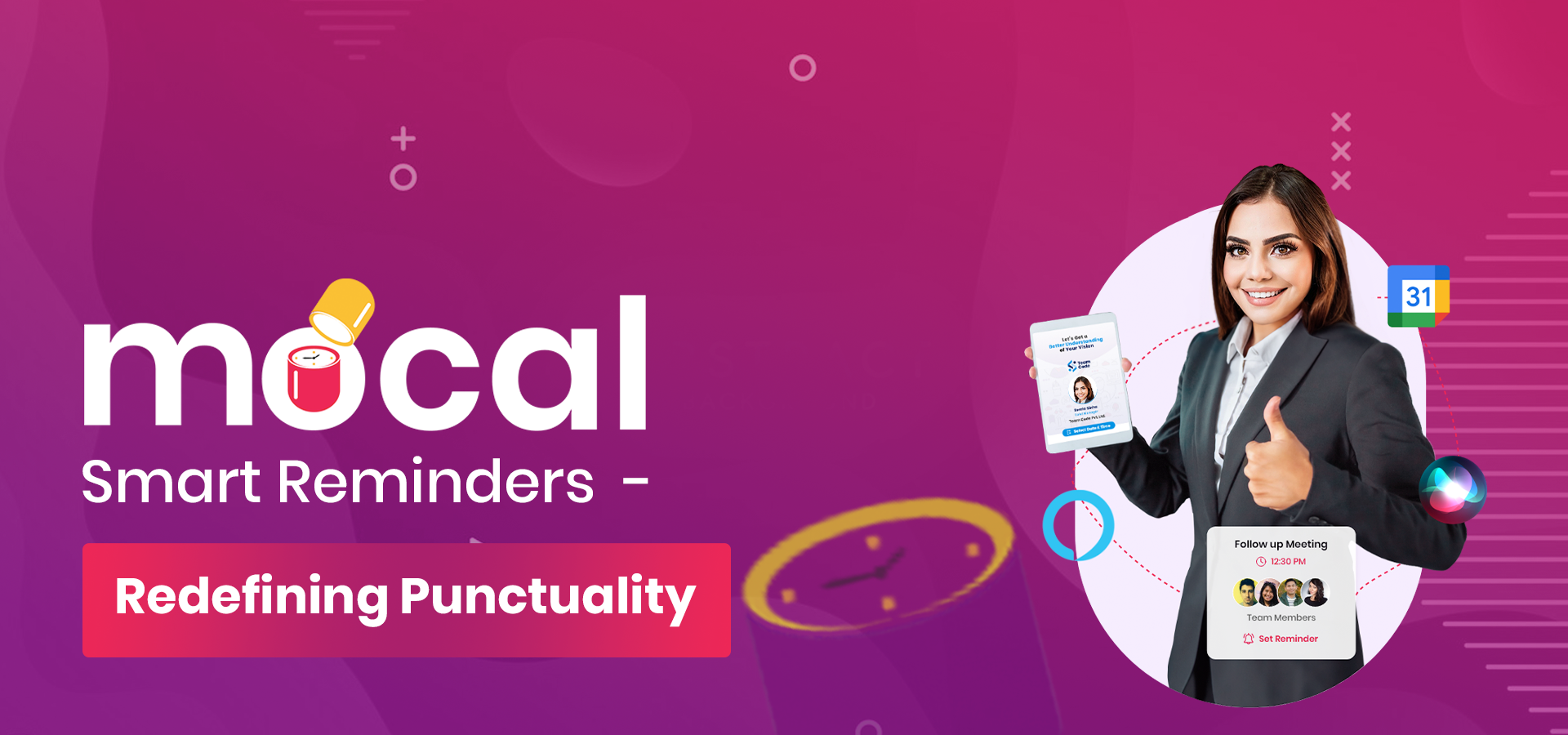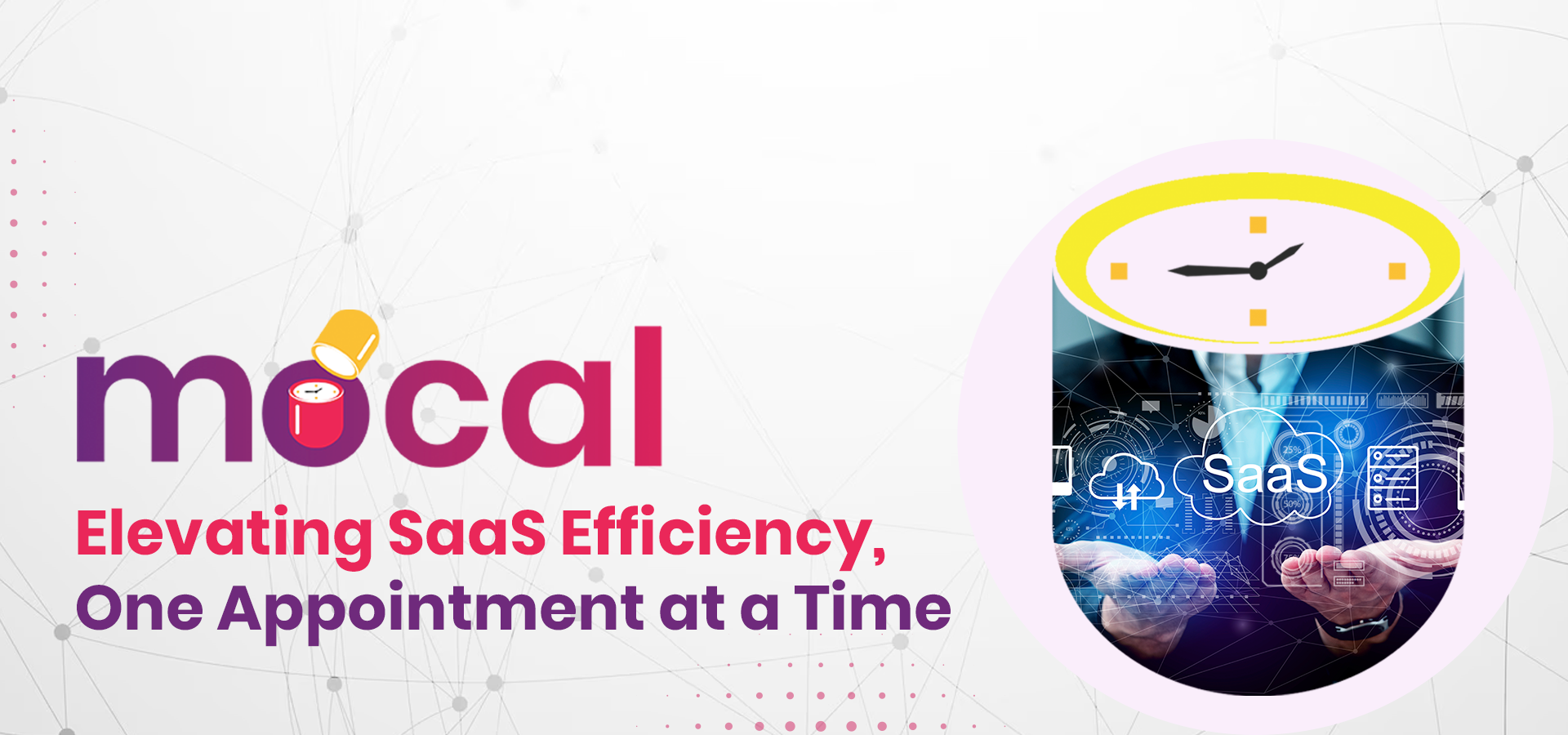Hope you enjoy reading this blog post.
If you want the Moris Media Team to help you get more traffic, just book a call.
Saturday, 26 April 2025
To ensure your website's exposure and rankings in search engine results pages (SERPs), you must keep ahead of the curve. Google's launch of Core Web Vitals was one of the most significant changes in recent years. These are a set of user-centered metrics that assess website performance and the user experience.
Being a Leading SEO management Firm, Moris Media debunks Core Web Vitals and offers you actionable tips to improve the performance and SEO success of your website.
Before we get into optimizing your website for Core Web Vitals, let's define what they are and why they are important.
Google believes Core Web Vitals to be a set of three distinct web page experience indicators that are critical for user happiness. They are concerned with many aspects of the user experience, including page loading speed, interaction, and visual stability. The three Core Web Vitals metrics are as follows:
Largest Contentful Paint (LCP): LCP assesses a web page's loading performance. It shows the amount of time it takes for the page's largest visible element (often an image or text block) to become completely visible to the viewer. Google recommends that LCP happen within 2.5 seconds of the page beginning to launch.
First Input Delay (FID): FID measures a web page's interactivity. It calculates how long it takes a web page to respond to a user's first input, such as clicking a link or tapping a button. An FID of less than 100 milliseconds is considered a good user experience.
Cumulative Layout Shift (CLS): CLS gauges a web page's visual stability. It measures how much components on a website shift during loading, resulting in a frustrating user experience. A CLS score of 0.1 or below is considered acceptable.
The dominant search engine, Google, is continually updating its algorithms to favor the user experience. Google has expressly indicated that these indicators will be used as ranking signals with the introduction of Core Web Vitals. In other words, if your website does not satisfy the required Core Web Vitals requirements, it may not rank as well in search results. As a result, Core Web Vitals is a critical component of your SEO approach.
You must first understand how your website currently performs before you can begin optimizing for Core Web Vitals. PageSpeed Insights, a tool provided by Google, is a helpful resource for evaluating and analyzing your website's Core Web Vitals scores. Here's how you can put it to use:
- PageSpeed Insights can be found here: Navigate to PageSpeed Insights (https://developers.google.com/speed/pagespeed/insights/).
- Enter the URL of your website: Enter the URL of the web page to be analyzed and click "Analyze."
- Examine the Results: PageSpeed Insights will generate a complete report on the performance of your web page, including Core Web Vitals scores, lab data, and field data.
- Now that you know where your website sits in terms of Core Web Vitals, let's look at some ways to improve these indicators.
a. Image and video optimization
Large media files are one of the most common causes of sluggish loading times. Compress and optimize your images and videos to increase LCP. Use contemporary image formats such as WebP, lazy loading techniques, and deliver images that are adequately sized for the user's device.
b. Reduce Server Response Times
Use a dependable hosting provider, take advantage of content delivery networks (CDNs), and optimize server-side code to reduce server response times. Faster server answers result in faster page loading.
Implement browser caching to temporarily store commonly used assets on users' devices. This lowers the need for repeated downloads, which improves page loading speed overall.
a. Reduce JavaScript execution time.
Excessive JavaScript might cause a website to slow down and raise FID. To ensure faster interactivity, reduce unneeded JavaScript, defer non-essential scripts, and use asynchronous loading.
b. Make Use of Efficient Event Handlers
Event handlers should be optimized to guarantee speedy responses to user inputs. Avoid using long-running JavaScript functions that can cause interactivity to lag.
c. Content Distribution
Use Content Delivery Networks (CDNs) to lessen the distance between users and your server when serving content. This has the potential to greatly enhance FID.
a. Determine Media Elements Dimensions
In your HTML, make sure you include dimensions (width and height) for pictures and media items. As these elements load, this eliminates unexpected layout alterations.
b. Save Critical Resources
The preload attribute can be used to prioritize the loading of critical resources such as fonts and stylesheets. This lowers the likelihood of visual instability caused by late-loading assets.
b. Evaluate Responsiveness
Test your website on a variety of devices and screen sizes on a regular basis to find and resolve layout errors that could lead to CLS difficulties.
Core Web Vitals optimization is a continuous activity. Following the implementation of the aforementioned tactics, it is critical to continuously evaluate the performance of your website to ensure it meets the desired requirements. Following are some guidelines for continuing monitoring and maintenance:
1. Periodic Testing
Use tools like PageSpeed Insights, Lighthouse, or Web.dev to evaluate your web pages for Core Web Vitals performance on a regular basis. Configure automated tests to receive notifications when problems arise.
2. User Experience Monitoring
Take note of consumer feedback and complaints about the performance of your website. Analyze user behavior using technologies such as Google Analytics to uncover issues that may harm Core Web Vitals.
3. Maintain Your Knowledge
Maintain awareness of changes and developments in site development and SEO. Google's Core Web Vitals requirements may be revised, so you must change your methods accordingly.
4. Resolve Issues As Soon As Possible
When you notice a problem with performance, move quickly to fix it. Whether it's optimizing pictures, correcting layout adjustments, or decreasing JavaScript bloat, dealing with issues as they arise is critical to maintaining strong Core Web Vitals ratings.
Core As Google places a greater emphasis on user experience, Web Vitals have become an essential component of SEO success. You may boost your website's performance and chances of ranking higher in search results by studying and optimizing these three essential metrics: Largest Contentful Paint (LCP), First Input Delay (FID), and Cumulative Layout Shift (CLS).
Keep in mind that the quest for optimal Core Web Vitals scores is an ongoing one. Monitor your website's performance on a regular basis, emphasize user experience, and react to changes in the digital ecosystem to ensure long-term SEO success. You'll be well on your way to SEO perfection if you follow the tactics provided in this comprehensive book.


The Power of Punctuality: How moCal's Smart Reminders Transform Time Management
Read More
Why SaaS Companies Need MoCal: Enhancing Productivity and Customer Experience
Read More
Surgery in Digital Space: How Digital Doctors Revamp Outdated Marketing Techniques
Read More
The Art of Digital Diagnosis: How Digital Doctors Analyze Marketing Challenges
Read More
Effective Use of Structured Data Markup for Local SEO
Read More